Every week families ask me for tips about independent sleep and wonder if introducing a lovey can help with their baby’s sleep.
A lovey is any comfort item that helps your baby to feel more safe and secure. These are often introduced with older babies to support sleep and transitional times because it allows your baby to connect and feel attached to you even when you’re not right next to them.
Building an association with a comfort item can be a really helpful tool to support your baby’s sleep. So I put together this complete guide to answer the top questions when it comes to introducing your baby to a new lovey.
Jump To:
❓ What is a lovey? 👍 When is it safe to introduce a lovey to your baby? 🧸 How do you introduce a lovey to your baby? 🤗 What are the benefits of introducing a lovey? ❤️ How to choose the best lovey 👌 How to pick a safe lovey 💔 What if my baby doesn't like their lovey? ➕ Do you need an extra lovey? 😤 What to do if your baby gets upset when they don't have their lovey? 👶 Should you let your baby play with their lovey? 🚗 Should you travel with your baby's lovey or leave it at home? 🧼How often should you wash your baby's lovey? 💭 Final Thoughts
DISCLOSURE: Piece of Cake Parenting is a participant in the Amazon Services LLC Associates Program, an affiliate advertising program. As an Amazon Associate, I earn from qualifying purchases. Read more about these links in my disclaimer policy.
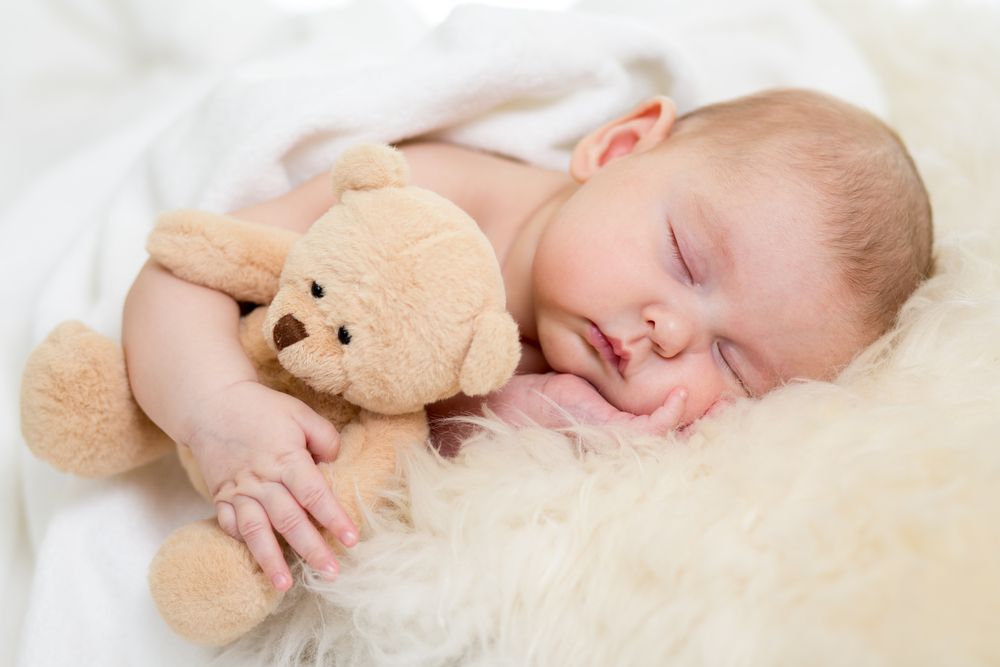
What is a Lovey?
A lovey is any item that your child bonds with to feel more safe and secure.
These are often introduced to help with sleep and transitional periods, because it gives your baby something to attach to when you’re not there.
Although a transitional item can be anything, including pacifiers, teethers, soft books, or anything else that brings your baby comfort, we typically save the name “lovey” for security items like baby blankets, stuffed animals, or small toys.
The most common loveys look something like this – a small stuffed animal face attached to a little baby blanket (our baby has two racoon loveys like this. 🦝)
When is it safe to introduce a lovey to your baby?
The American Academy of Pediatrics states that your baby shouldn’t sleep with anything other than a pacifier for the first 12 months. So if you’re going completely by the books, the safest option is to wait until after your baby’s first birthday to give your baby a lovey while sleeping.
With that being said, there are a few times that loveys are safe and helpful for younger babies.
1. When your baby is awake
If your baby is awake, it’s safe to introduce a lovey even if your baby is less than a year old.
And actually, this is a great way to build a strong association between you and the lovey so your baby sees the lovey, thinks of you, and feels comforted.
Feel free to cuddle with your lovey while you’re nursing, during playtime, or throughout the day while your baby is awake no matter what their age is.
2. While you’re supervising your baby
If you’re closely watching your baby, you can choose to introduce your lovey to help your baby fall asleep before they turn one.
However, it’s important to keep an eye on your baby so the lovey doesn’t accidently get pulled over their face. I also recommend removing the lovey once your baby falls as a safety precaution.
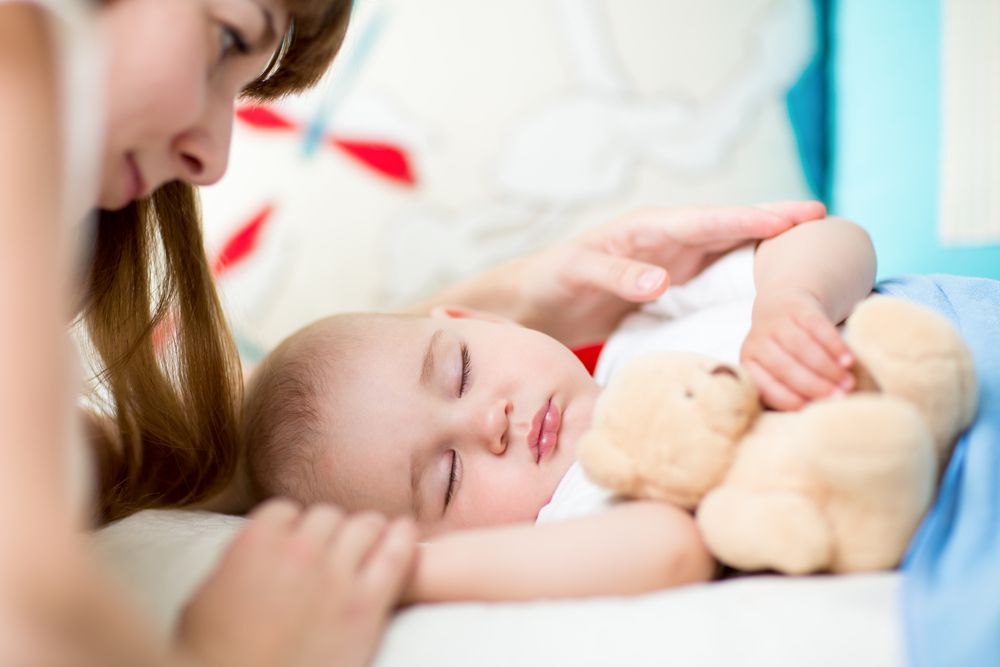
3. If your medical provider approves it
If your baby has the skills to pull things off of their face while sleeping, you can introduce a lovey before age one. But it’s a good idea to discuss this with your medical provider and get the thumbs up before your baby starts sleeping with their lovey.
We started using our lovey overnight around 9 months old after watching several naps, watching him move the lovey away from his face if it got too close, and getting approval from our medical provider.
How do you introduce a lovey to your baby?
Once you know that it’s safe to add a lovey to your baby’s bedtime routine, it’s actually super simple. Just add it to your routine in a way that feels the most natural to you.
Remember that the lovey will be the most supportive to your baby if you build a strong connection and your baby feels bonded and connected to you whenever they see their lovey.
Here’s a few quick tips to successfully introduce your lovey to your baby:
1. Nurse or bottle feed with your lovey.
Adding a lovey while nursing or bottle feeding your baby is the perfect way to build up a positive connection between your baby and the lovey because this is already such a positive bonding moment for your baby.
As you begin introducing your lovey to your baby, start by tucking the lovey against your baby’s belly or under your baby’s arm during most of your feedings throughout the day.
2. Tuck your lovey in your shirt to make it smell like you.
Baby’s attachment needs are high, especially during the first year. And during this time, your baby attaches through the senses.
A great way to meet your baby’s attachment needs without constantly needing to be in sensory proximity to your baby is to transfer your scent to your new lovey so your baby can still smell you even if you’re not right next to them.
Spend a few days with the lovey tucked in your shirt throughout the day or overnight to help transfer the smell and make the lovey smell like you.
3. Build the lovey into your naptime and bedtime routines.
Start adding your lovey into your bedtime routine. You can cuddle with it while reading a book, hug it while nursing or drinking a bottle before bed, and snuggle with it while rocking your baby or rubbing their stomach until they fall asleep.
If you’re not comfortable with your baby sleeping with the lovey overnight, you can gently pull this away once your baby falls asleep.
If your baby is older and has the skills to move the lovey if it covers their face overnight, you can leave the lovey in the bed with them or even tuck it under their arm anytime they wake up overnight.
What are the benefits of introducing a lovey?
If you’re still deciding whether you want to introduce a lovey, it’s helpful to understand why these can be beneficial for many babies.
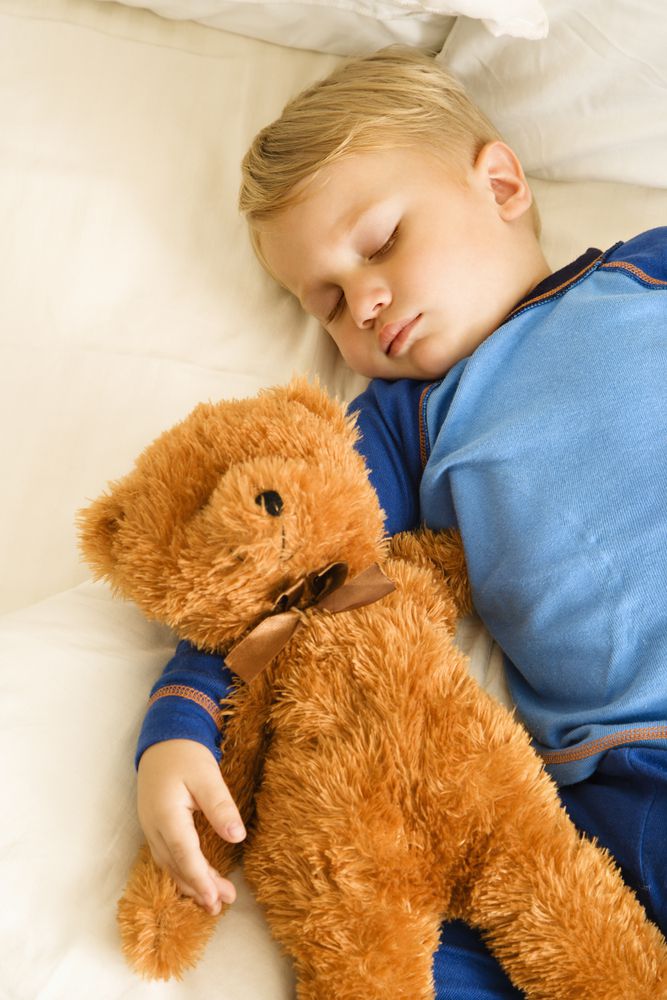
1. Introducing a lovey helps with separation anxiety.
As babies get a little older, they go through different phases of increased separation anxiety. The exact timeline varies a little for each child, but we saw the most separation anxiety around 6 months and again around 18 months.
When your baby builds a connection with their lovey and feels connected to you when they cuddle it, their lovey can reduce the symptoms of separation anxiety because they have a way to connect with you while you’re gone.
2. A lovey can comfort your baby during colds and illnesses.
We’re always particularly grateful for our lovey anytime our baby is fussy or sick.
By introducing a lovey and building up that attachment, your baby has something extra to cuddle with and help them to feel better anytime they’re sick or under the weather.
Grab your lovey and cuddle with your baby to get love from all directions and help your baby feel better while they’re battling their next cold, flu, or ear infection.
3. A lovey can help your baby to sleep more independently.
When you’re exhausted, it’s hard to constantly cuddle and soothe your baby back to sleep all night long. And that’s where a lovey can be really helpful.
Remember that your baby’s attachment needs are high during the first few years. And nighttime is hard because this is typically the longest period of separation that your baby has to go through.
So it’s natural that they want you to cuddle them to sleep at night and soothe them when they wake up.
But if you’re feeling really exhausted and you’ve already identified any red flags that might be interrupting your baby’s sleep, adding in a lovey is a great next step.
Your baby can get that connection they’re looking for and feel bonded to you while cuddling their lovey. Because your baby’s attachment needs are being met, oftentimes they can fall asleep more independently or have less overnight wakes while still feeling supported and connected to you.
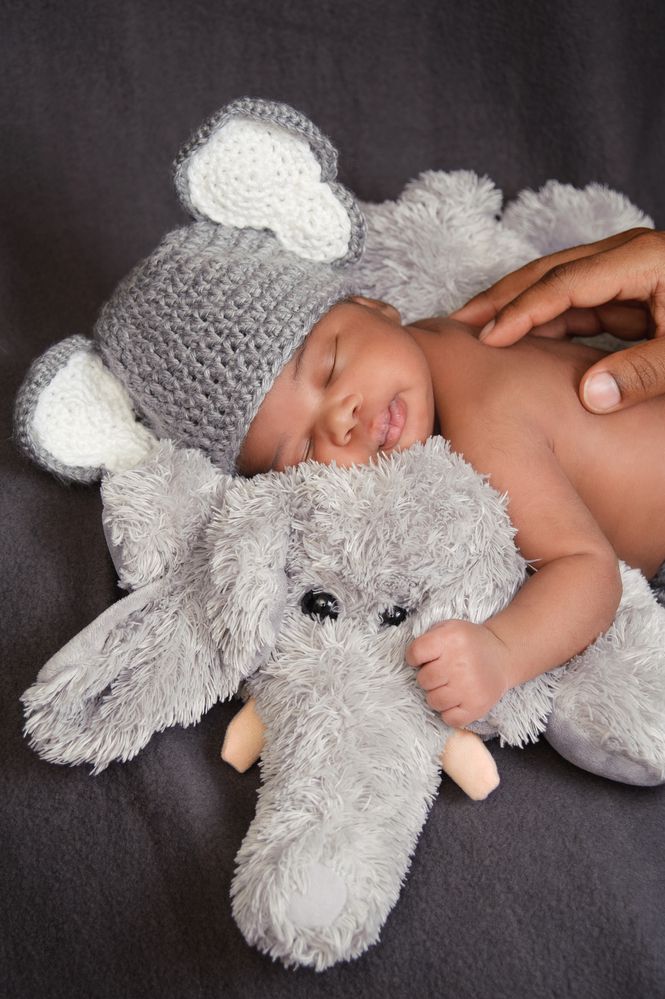
How to choose the best lovey
Loveys and comfort items come in all shapes and sizes. The three most common lovey options are stuffed animals, baby blankets, and animal/blanket combos.
None of the types are better or worse than the others. You’ll just need to think about what you think will be the best fit for your family (and let’s be honest, decide which one you can’t pass up because it’s just so darn cute 😉)
How to pick a safe lovey
When picking out a safe lovey for your baby, look for something that is soft and small, is made of breathable material, and has no little pieces that can come detached (like a little bow or a button eye or nose your baby bite or pull off).
What if my baby doesn’t like their lovey?
Sometimes you want the benefits of introducing a lovey, but your baby just won’t bite and doesn’t seem at all interested in their lovey.
That’s okay and totally normal. We typically don’t form an instant attachment with things just because someone tells us to.
Be patient, take your time, and try to build your lovey into your routine so your baby can build that connection between you and the lovey.
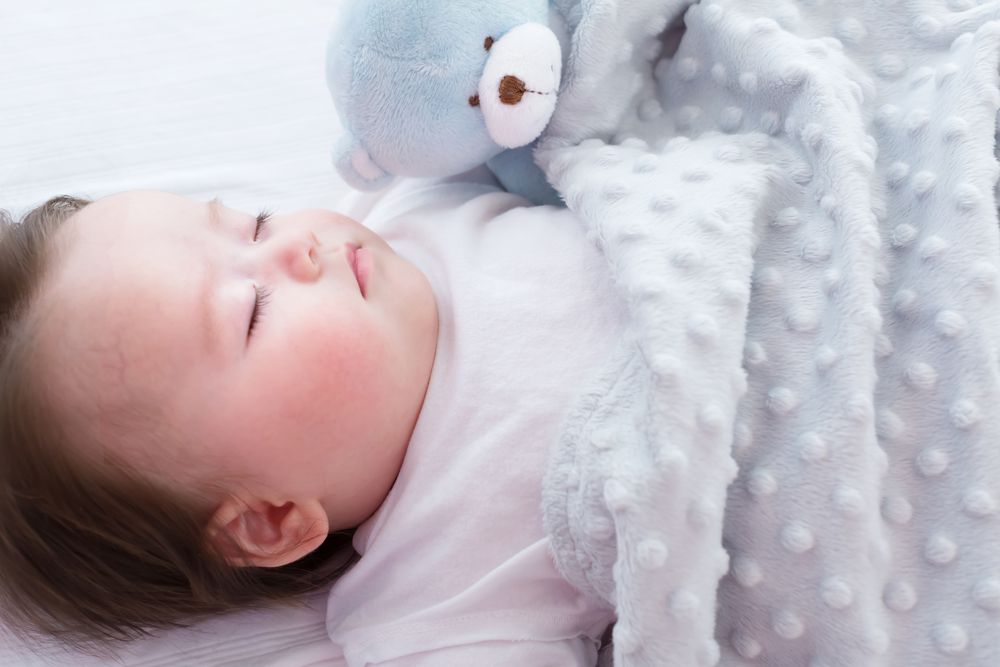
Do you need an extra lovey?
As your baby falls more and more in love with their blanket or lovey, you’ll probably wonder if you should have an extra when you need to wash it or in case one gets lost.
If this makes sense for you, that’s great. Have an extra one on hand.
Just note that your baby might be able to easily tell the different between the two and only form a connection with one or the other or they might be like my baby and connect to both and insist they sleep with both each night. 🥰
What to do if your baby gets upset when they don’t have their lovey?
Remember that one of the main reasons you’re introducing a lovey in the first place is because you’re hoping they form a strong attachment with it so it helps your baby to sleep better and reduce separation anxiety.
It makes sense that after your baby forms this strong attachment, they might be upset when their lovey isn’t available.
If you need to wash your lovey, talk to your baby. Tell them that you’re washing it and that you can snuggle when it’s done.
If it’s lost, try to find it. If you can’t find it, tell your baby the truth. You can order a new one or try to replace it with a new comfort item for a while.
⭐ Pro-Tip: Even if your baby is young, it's helpful to respect them and be honest with what's going on. Then let them know that it's okay if they're sad or frustrated or upset and you're there if they need a few extra snuggles.
Just know that your baby will probably need extra cuddles, comfort, and attachment with you if they don’t have their lovey.
And if you do need to replace your lovey, don’t be disappointed if your baby doesn’t love it right away. You’ll probably need to build up the attachment first by following the steps we talked about earlier.
Should you let your baby play with their lovey?
When you first introduce a lovey at bedtime, it’s totally normal for your baby to chat or play with their lovey for a while.
This is something new and exciting. And it’s actually a good thing because it means your baby is forming that attachment that you’re trying to create.
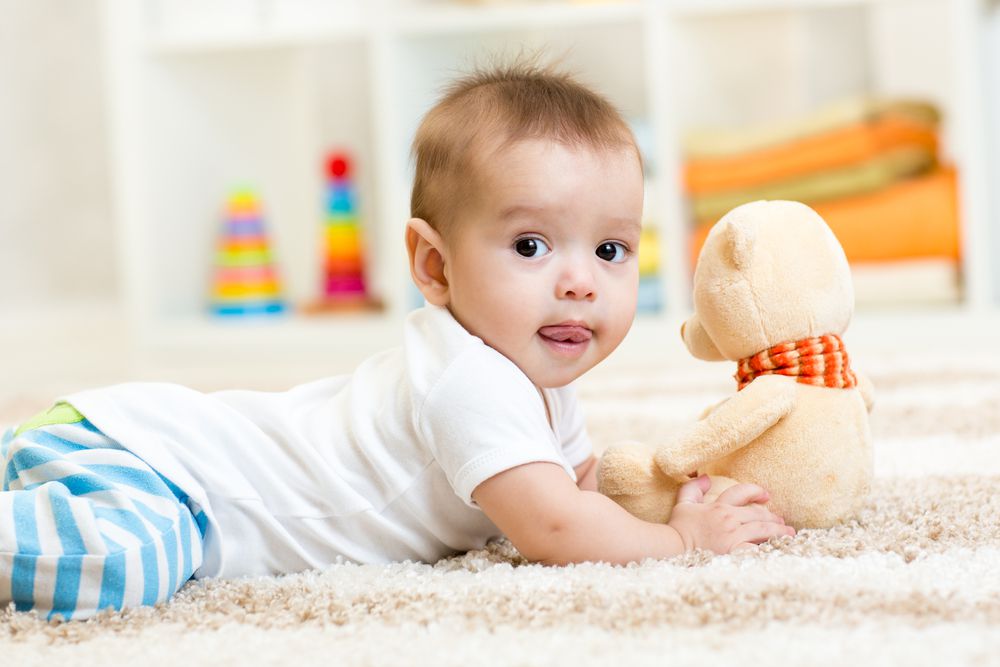
If your baby won’t sleep and just plays, you can hold the boundary and remind your baby that we cuddle and hug our lovey but we need to be quiet so we can sleep.
You can also try to introduce your lovey more slowly and spend time cuddling and rocking during quiet time to build the association between sleep and your new lovey.
Should you let your baby play with their lovey or just use it while sleeping?
This is totally a personal preference. I recommend thinking about its purpose and why you introduced a baby lovey in the first place.
If you added your lovey to help with bedtime routines and know that you don’t want your baby to use it during the day, you can save it for just naptime and bedtime. Hold the boundary and help your baby understand that their lovey stays in the crib.
On the other hand, if you’d like to use your lovey to help with other transitions, like daycare drop offs or if a babysitter is watching your child, you might want to be more flexible and let your baby cuddle their lovey during the day too.
Although it’s completely up to you to decide if you’d like your lovey to stay in bed or if you’re more flexible, I do recommend having a few boundaries around where your baby’s lovey is allowed.
For example, we’re pretty flexible and our baby can have his lovey throughout the day and night. However, we don’t allow his lovey at the dinner table or while going to the bathroom for sanitary reasons.
Should you travel with your baby’s lovey or leave it at home?
Again, this is another personal preference and you can decide what works best for your family.
You may decide that you only want your baby to have their lovey at night and don’t want to risk losing it while traveling. That’s okay.
Just remember that if your baby is used to their lovey while sleeping and you’ll be traveling during naptime or bedtime, you may need to increase your attachment and connection with your baby to help with sleep while you’re away from home.
On the other hand, you may be okay with your lovey traveling with you and helping with transitions and sleep while you’re away from home.
Just remember to keep an eye on the lovey and pack it when you go home. 😉
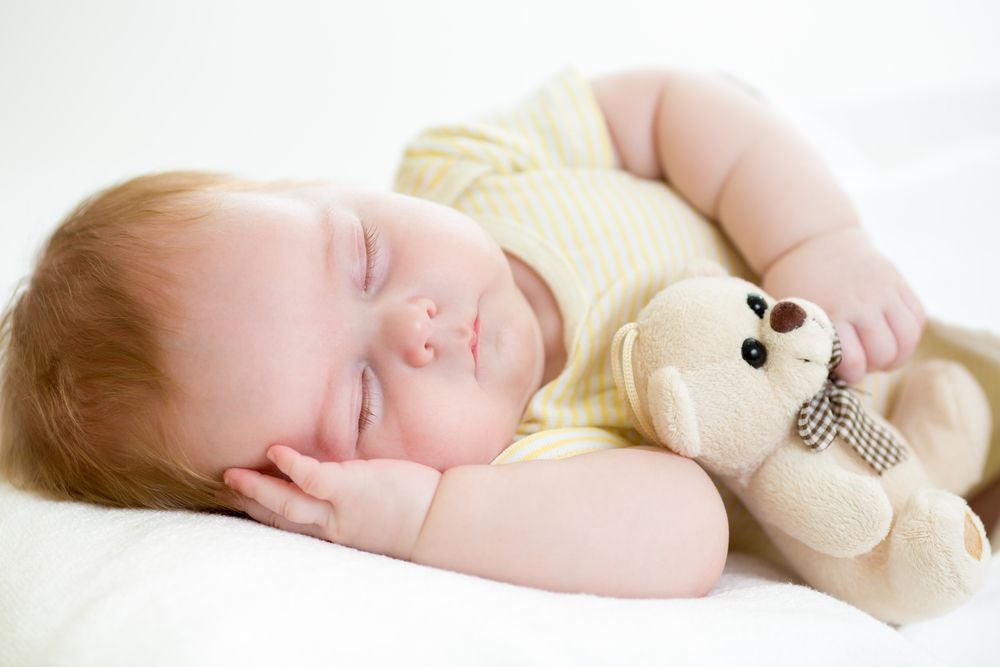
How often should you wash your baby’s lovey?
How often you need to wash your baby’s lovey or baby blanket depends a bit on your baby and how quickly their comfort item gets dirty.
I recommend washing it anytime it’s noticeably dirty or soiled. You can also wash it anytime you normally wash their bedsheets so you know it’s getting cleaned semi-regularly and you’re cleaning up drool or snot and keeping your lovey clean and sanitized for all of those special cuddles.
We’ve had phases where we had to wash our baby’s blanket every day, because he struggled with overnight diaper leaking and soaked his raccoon lovey too.
But we’ve also had phases where we only washed his baby blanket once a week or so and that’s worked well for us too.
⭐ Pro-Tip: Washing your lovey regularly from day one helps your child get used to this separation and prevent refusing their lovey when it feels or smells different after it comes out of the wash. If your baby is struggling to attach with their lovey again after washing, spend a day cuddling and re-introducing the lovey to put your scent back on the lovey and foster that attachment again.
Final Thoughts:
Introducing a lovey can be a great tool to help your baby sleep more independently, sleep longer stretches at night, and reduce separation anxiety.
Spend a few days cuddling and building your lovey into your routine so your baby forms the connection between you and their lovey.
Then use it as a tool to help your baby get their attachment needs met even when you can be right next to them.
